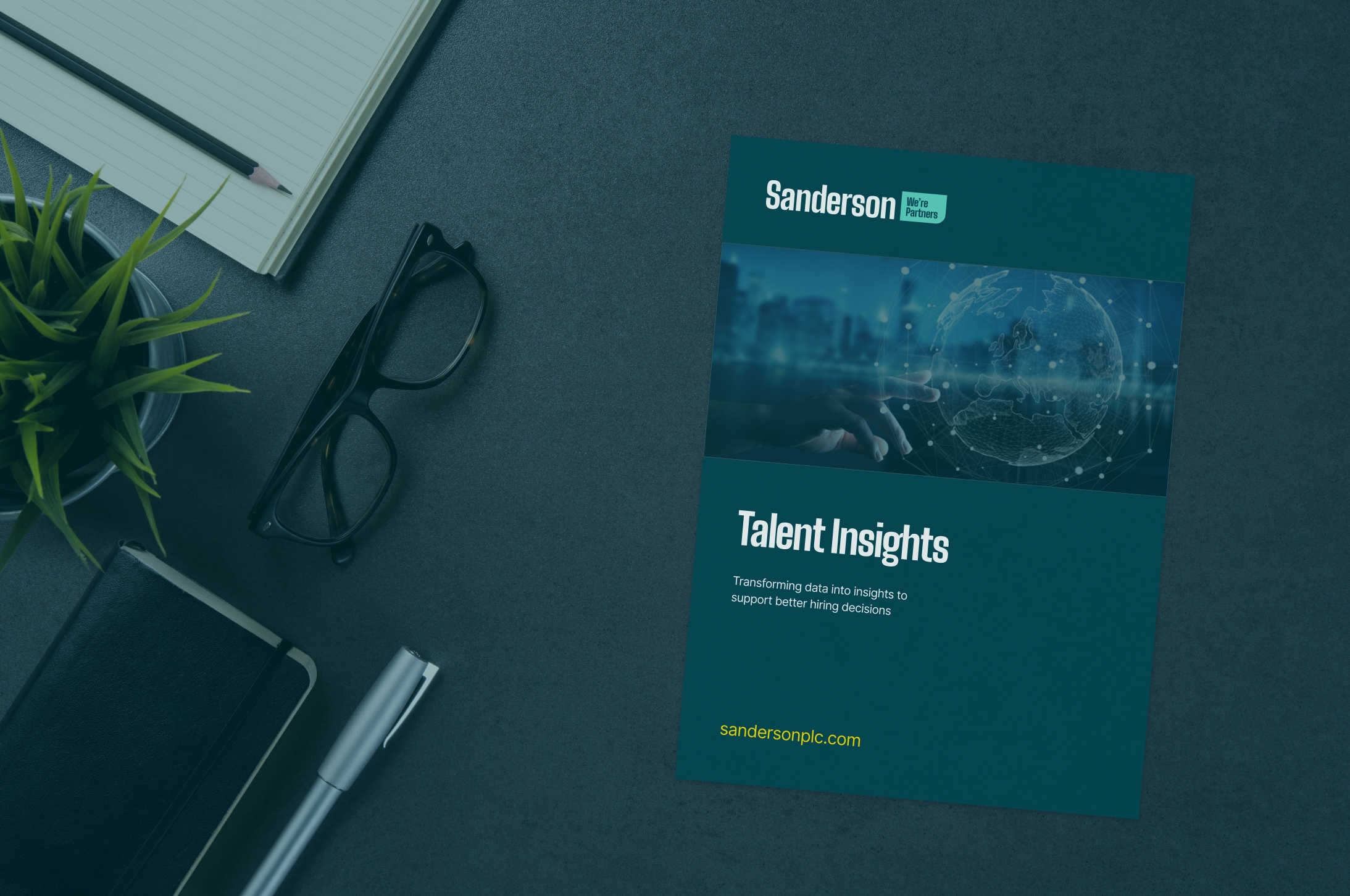Have you ever wondered why your younger colleagues prefer instant messaging over phone calls?
Or why team members from earlier generations can be hesitant to embrace the latest software?
As the average lifespan increases and retirement ages rise, today’s workforces are becoming increasingly age-diverse. This presents unique challenges for leaders aiming to get the most from their people, but also a huge wealth of opportunities.
Let’s explore them…
The Strengths of an Intergenerational Workforce
An intergenerational workforce offers numerous benefits, chief among them being diverse professional perspectives.
Each generation is shaped by different cultural, economic, and technological contexts, which influence their attitudes, work styles, and problem-solving approaches.
Looking at each of the different generations, I believe some of their key strengths are:
Baby Boomers
Born between 1946 and 1964, this generation brings a wealth of experience and what I like to think of as a strong work ethic. This can lend itself to offering valuable insights into long-term strategic planning and customer relationship management.
Generation X
Born between 1965 and 1980, this is a generation known for its adaptability and resourcefulness. In my opinion, they excel at managing change and navigating complex challenges, making them excellent problem solvers who can bridge the gap between the more traditional Baby Boomers and the tech-savvy younger generations.
Millennials
This is a generation born between 1981 and 1996 and are often thought as being adept at using technology to enhance productivity and communication, a useful strength in any team. They are typically values-driven and seek employers who align with their personal beliefs and priorities, such as social responsibility and environmental sustainability.
Generation Z
The youngest generation currently in the workforce and born between 1997 and 2012, this is the first truly digital native generation. They value diversity, inclusion, and work-life balance, and they often look for employers who provide opportunities for professional growth and flexibility which is a key skillset and outlook to complement many teams.
Challenges of Managing an Intergenerational Workforce
While a multigeneration workforce brings with it many strengths and opportunities, I think it can also present a few challenges if not managed appropriately.
A few of these challenges might be:
Stereotypes and Bias
Age-based stereotypes can create significant barriers to collaboration and productivity. For example, assumptions that employees from the Baby Boomer generation are resistant to new technologies or that Gen Z employees lack the experience to make critical decisions can lead to misunderstandings and hinder teamwork. I believe it’s essential to actively work against these stereotypes and encourage an environment of mutual respect and understanding.
Communication Styles
I think it would be fair to say that different generations have varying communication preferences. Those from earlier generations may prefer formal, written communication such as emails, while Gen Z employees may favour more informal, instant messaging apps or collaborative platforms like Slack. Understanding these preferences and finding a middle ground is crucial for effective communication.
Varying Expectations
Different generations may have different expectations regarding career progression, work-life balance, and job security. For instance, Baby Boomers might prioritise job stability and long-term employment, while Millennials and Gen Z may focus more on career development opportunities and flexible working conditions.
Strategies for Leveraging Intergenerational Talent
So if we want to harness the strengths of having an intergenerational workforce, what are some of the strategies that businesses can employ to better leverage this varied talent, and ensure that everyone can be the best they can be in the workplace?
Creating a Culture of Respect and Inclusion
I strongly believe that fostering a culture that values contributions from all age groups is critical. This can be achieved by promoting diversity and inclusion initiatives that specifically address age diversity, or even encouraging mentorship and reverse mentorship programmes where employees from different generations can offer their insights and help bridge the generational divide.
Inclusive Communication
Adopting a multi-channel communication strategy can help to facilitate effective communication across generations. This could include combining traditional face-to-face meetings and emails with digital tools such as video conferencing and instant messaging. By providing multiple communication options, organisations can ensure that all employees have access to the information they need in a format that suits them.
Flexible Work Arrangements and Development Opportunities
Offering flexible work arrangements, such as remote working options and flexible hours, can accommodate the diverse needs of an intergenerational workforce. Additionally, providing a range of professional development opportunities, from traditional training sessions to online courses, ensures that employees of all ages can continue to learn and grow within the organisation.
Integrating Age into Your DEI Strategy
Recognising age diversity as a critical component of overall diversity initiatives ensures equitable practices that acknowledge and value the contributions of all age groups. This means developing policies that not only prevent age discrimination but actively promote age diversity as an asset. By doing so, companies can create a workplace culture that genuinely values and utilises the strengths of an intergenerational workforce.
Conclusion
In today’s increasingly age-diverse workplace, I believe that organisations that successfully manage and leverage an intergenerational workforce can gain a significant competitive advantage.
By recognising the value of age diversity, companies can then foster a culture of inclusivity and mutual respect, which can both enhance employee satisfaction and even drive innovation and productivity.
When you acknowledge and value the unique strengths and perspectives each generation brings, organisations can build stronger, more cohesive teams that are better equipped to tackle the challenges of the modern business landscape.
If you have any thoughts on this topic or questions on how you can implement any of the strategies discussed, please do get in touch: [email protected]

